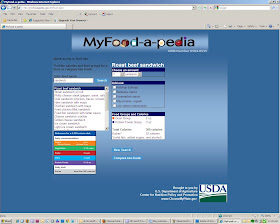YES, you can make Halloween a healthier holiday for your kids! Here are some ideas to consider:
- Inject physical activity into trick or treating. The longer your children walk during the trick or treating, the more exercise they get. Go along with them to make it a fun family activity.
- Have your children eat a meal or snack before they go trick or treating. They will be less likely to stuff themselves with candy when they return.
- Keep the daily candy treats your children eat to a minimum. Small fun-size candy bars are a good alternative to larger candy portions. They have less calories, sugar and fat.
- After a period of time, say a couple of weeks, consider removing the treats from the home. What to do with these treats? You might think about donating them to a work colleague who could use them as treats for an upcoming meeting.
Want to make Halloween healthier for neighborhood children? Offer healthier treats like popcorn, fruit and trail mix. Consider offering alternatives to treats like small toys, stickers, bracelets or small school supplies that you can find at the dollar store. You might also consider having a neighborhood party where you can offer treats and activities that are fun, ghoulish and healthy.
Contributor: Ellen Schuster, M.S., R.D., Associate State Specialist, University of Missouri Extension, schusterer@missouri.edu, 573-882-1933







